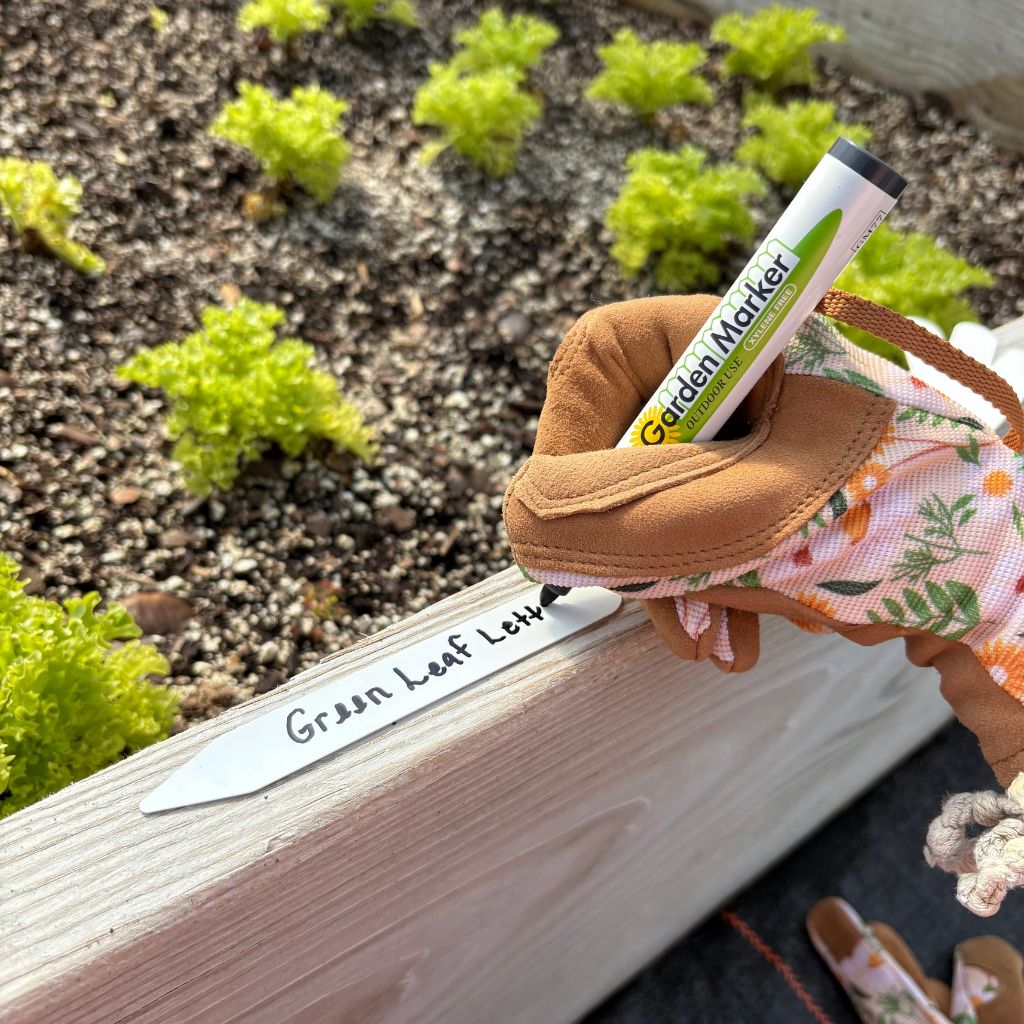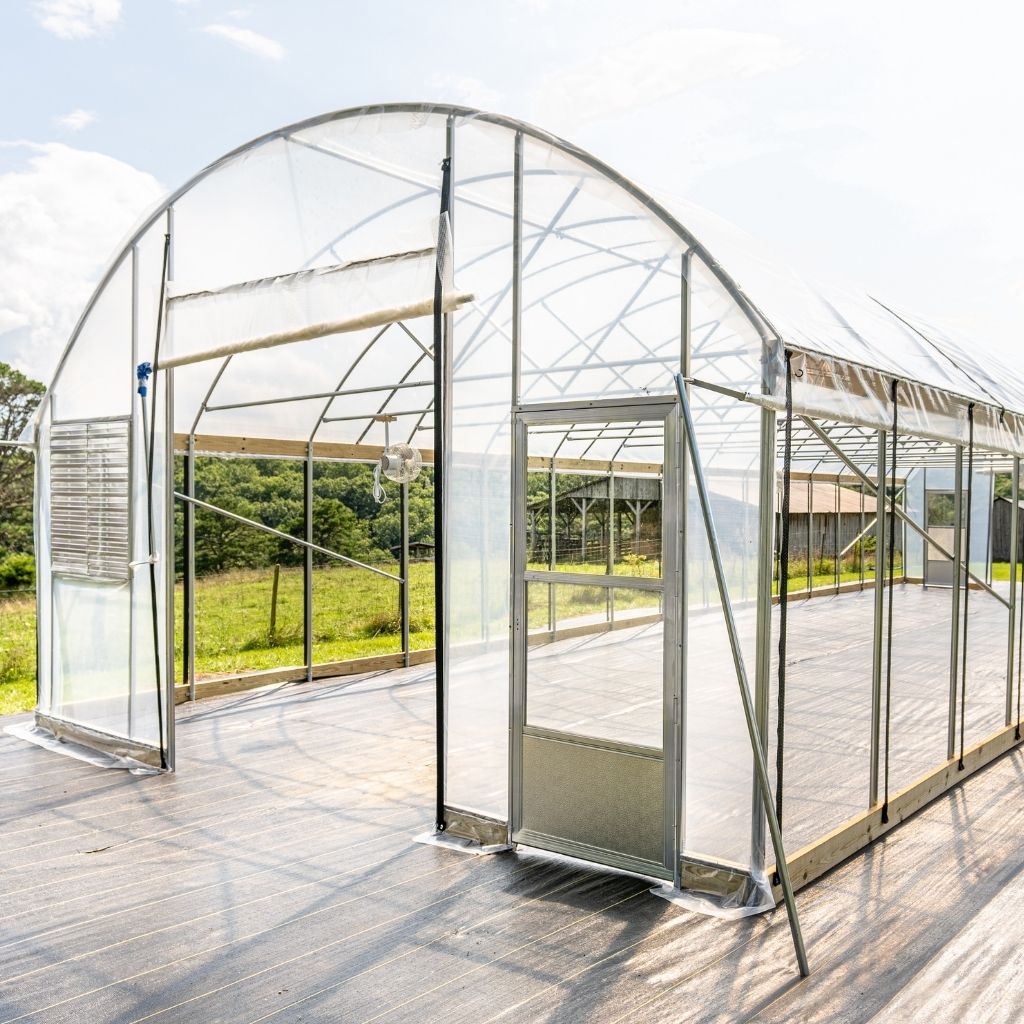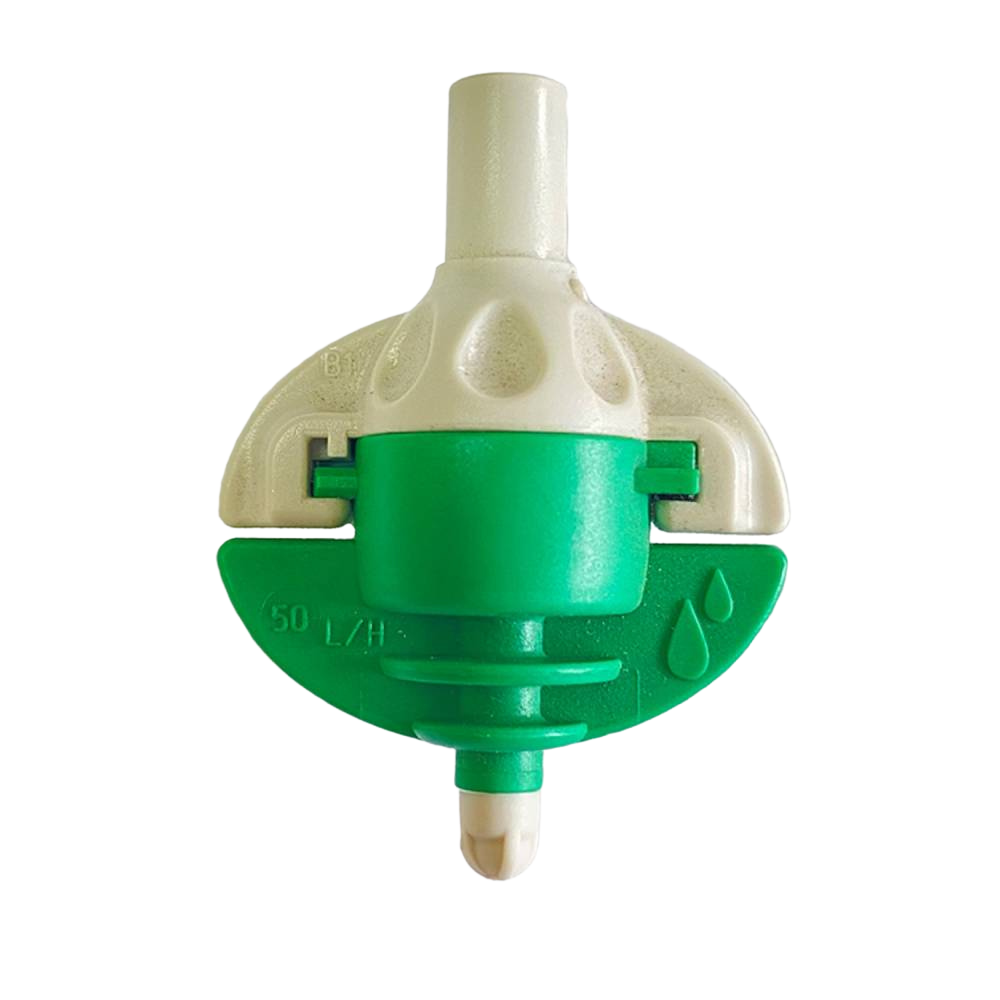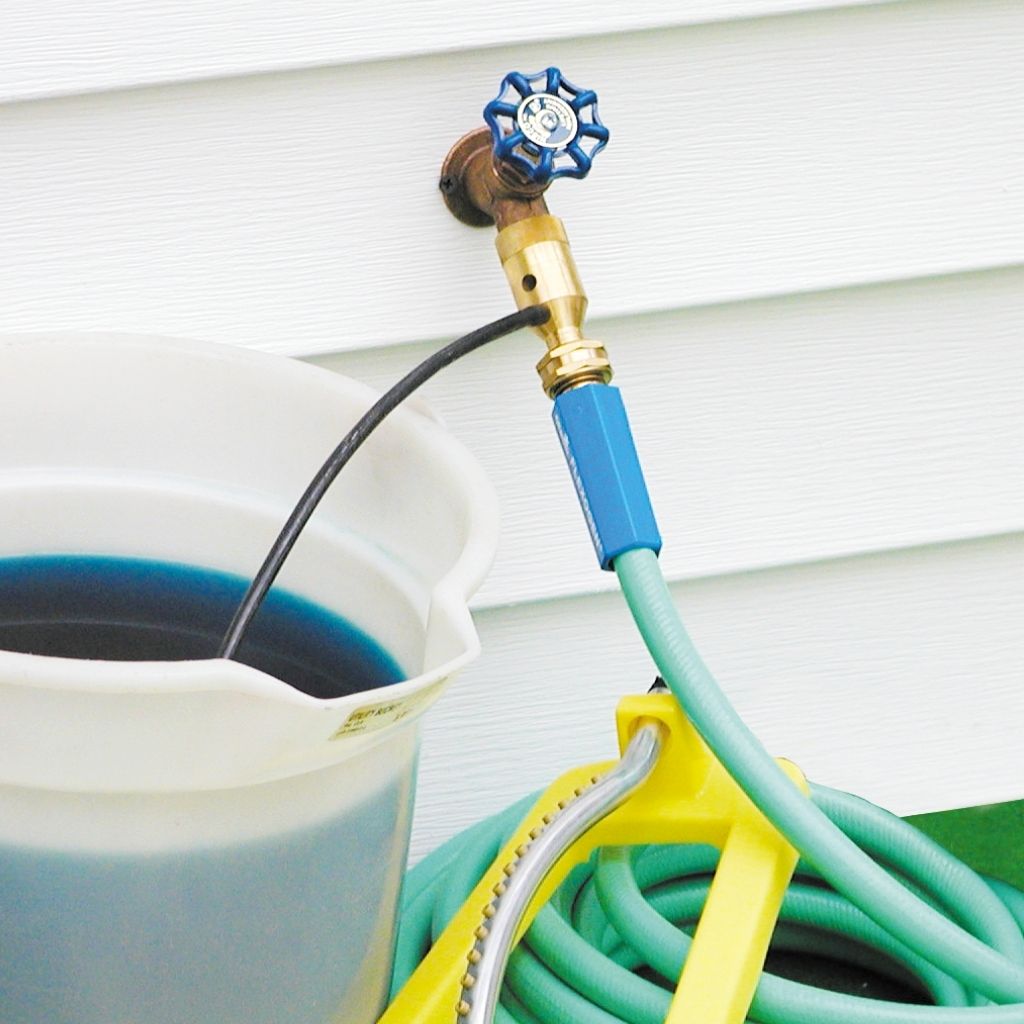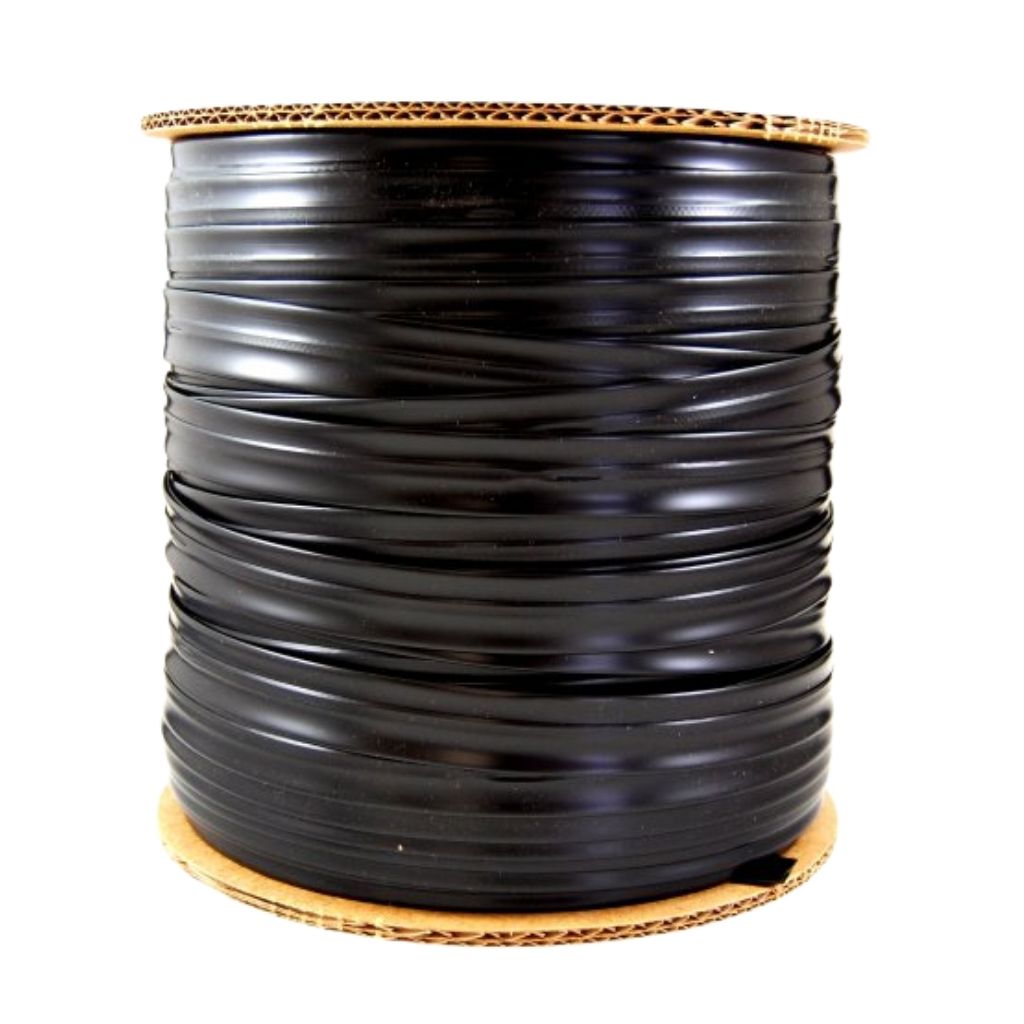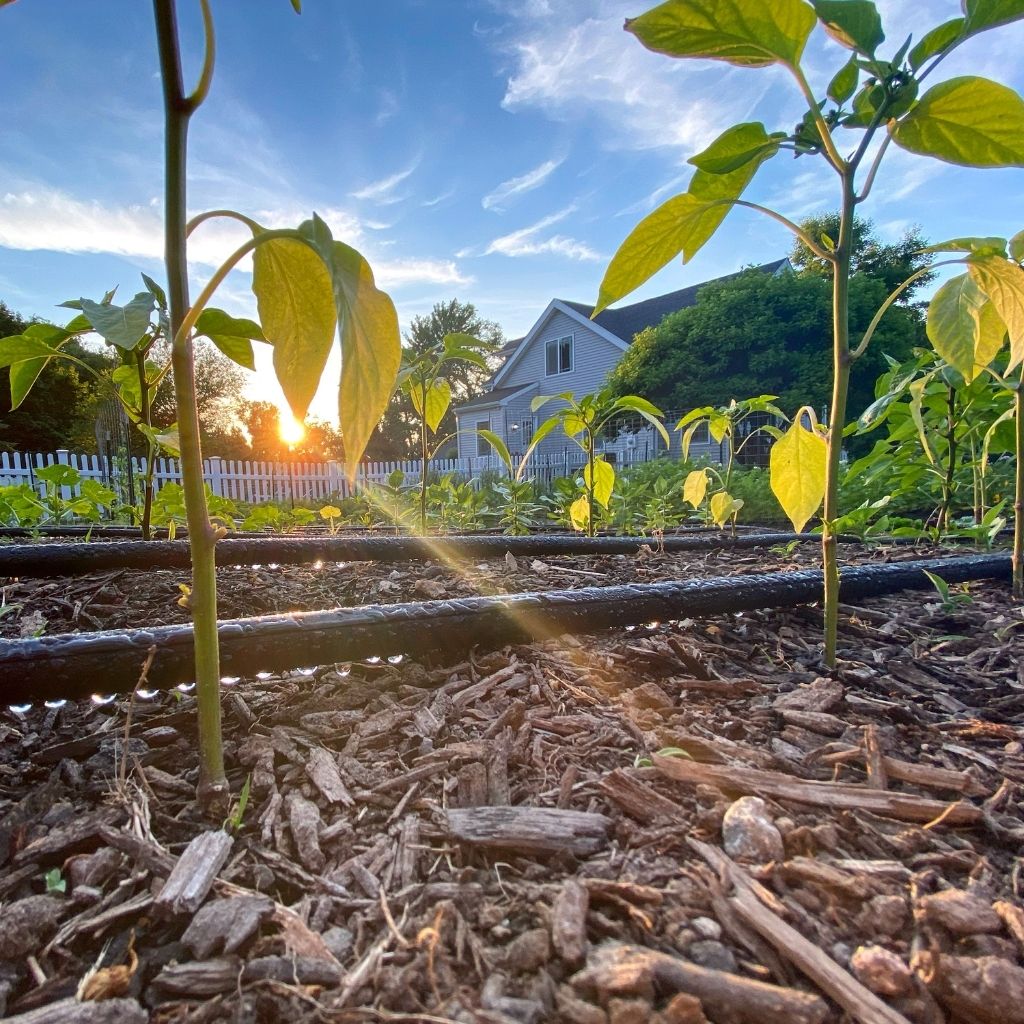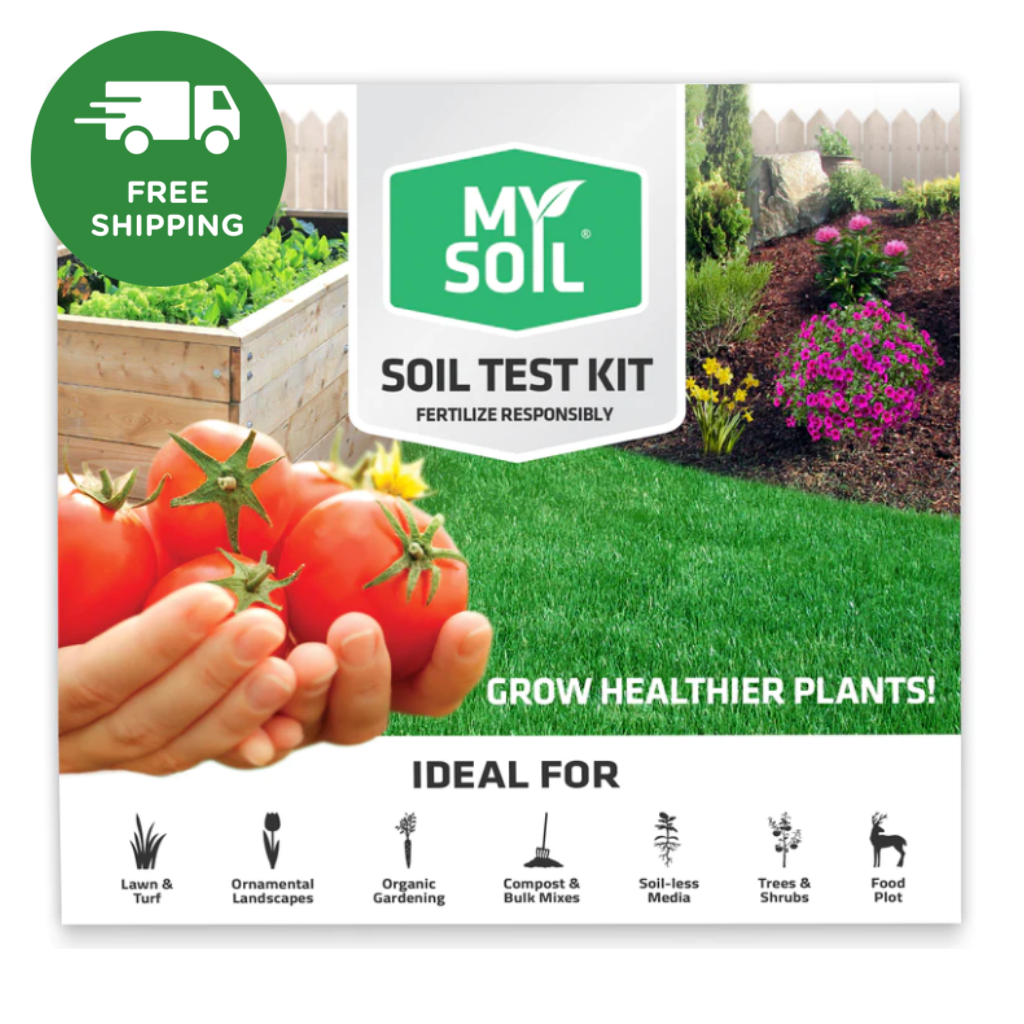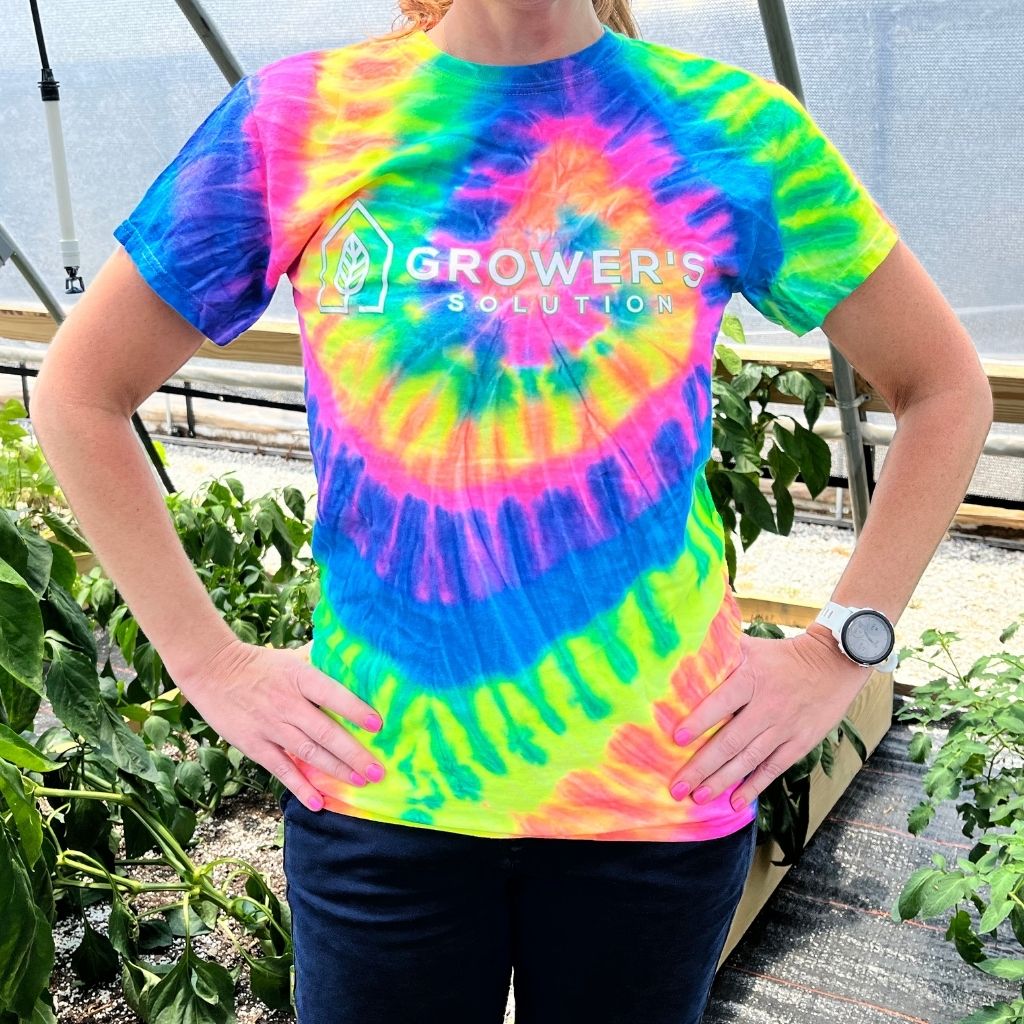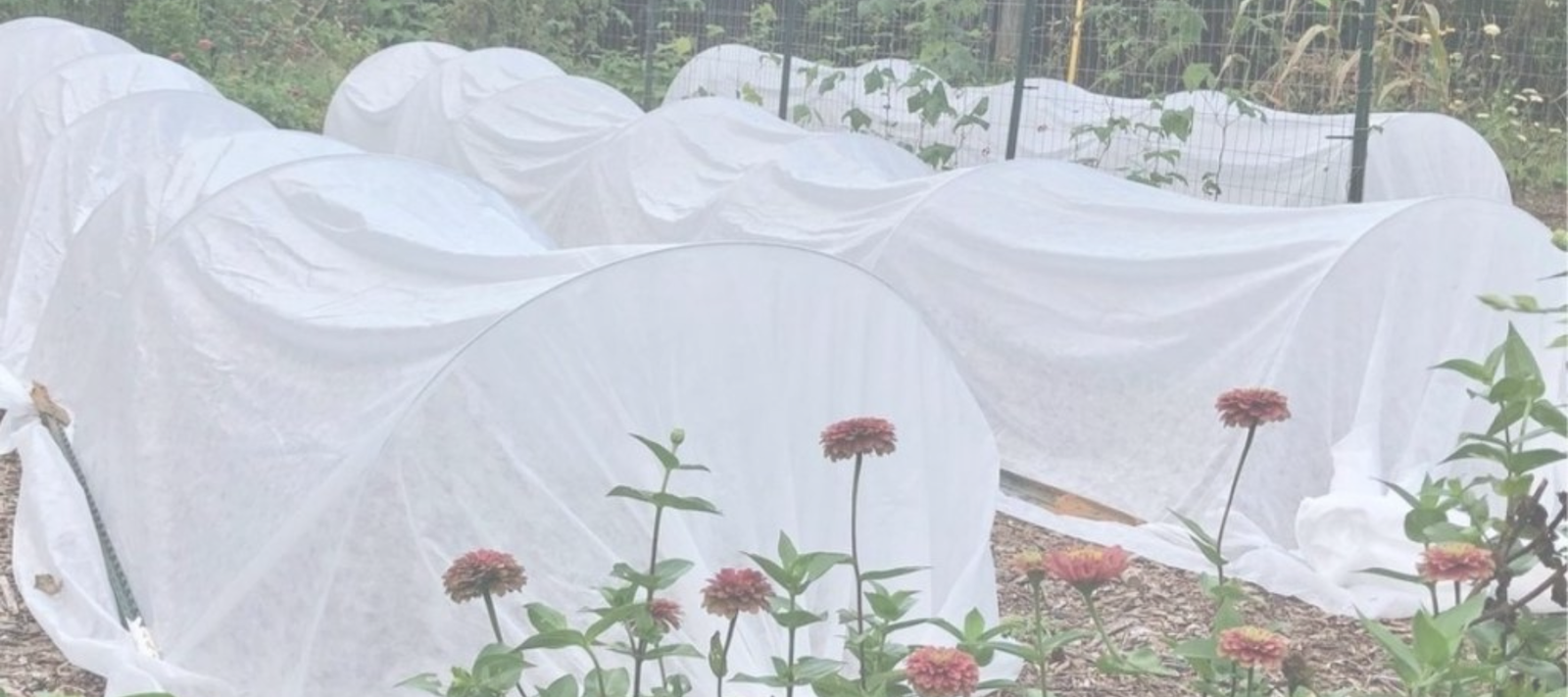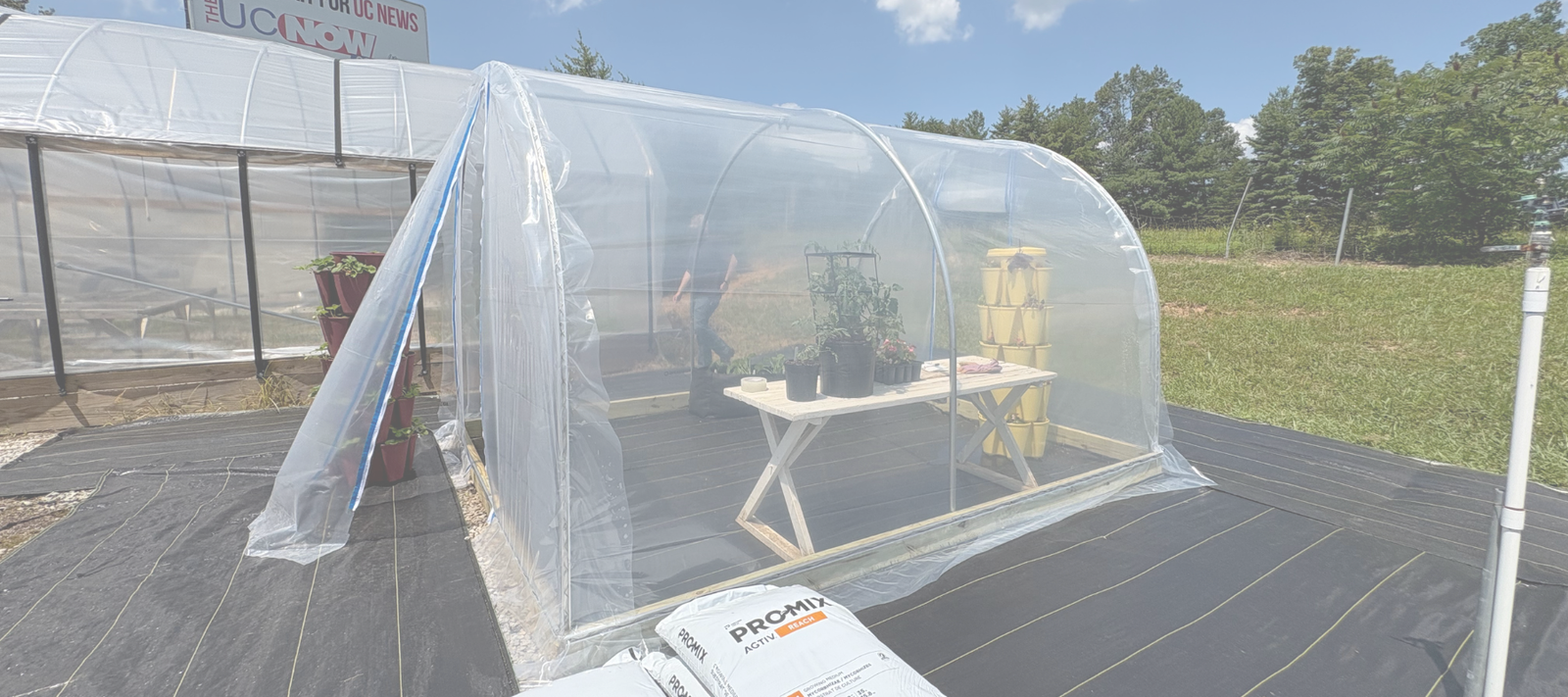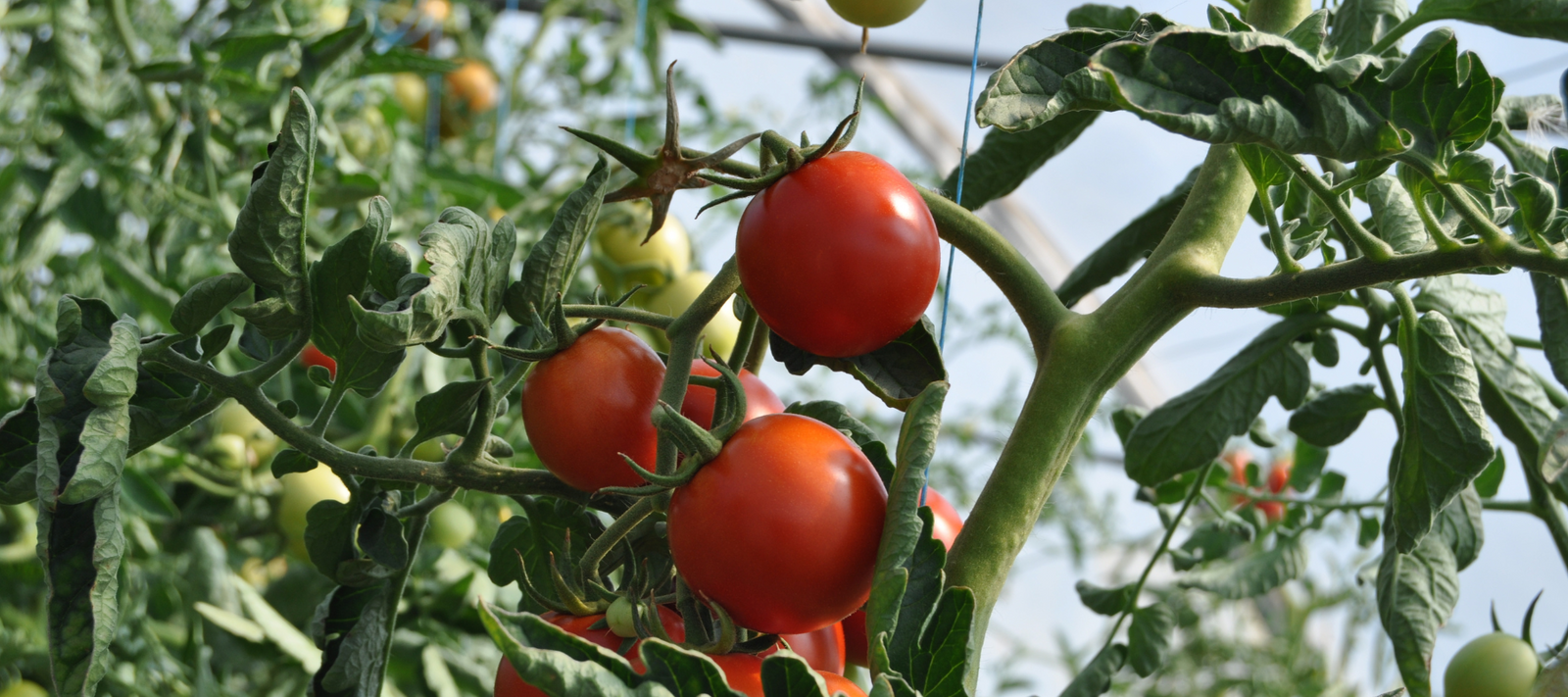Plastic Mulch
When deciding on your planting needs, make sure you take into account whether or not you will be using plastic mulch, including what color. The colors chosen will all depend on what crops you plan on planting. At Grower’s Solution, we have a variety of colors to choose from, like red, blue, silver, green, white, and black, along with a paper mulch, which is biodegradable. All of these have their own benefits on certain plants. Colored mulch has been around for years; however, the newer colors such as red, blue, and green, are still being studied. All the same, they have their own particular advantages on your production needs and can be a great additive this season for your farm.
 |
 |
 |
 |
 |
 |
White and black mulches have been around since the early 1960s and all plastic mulches are used to keep weeds at bay and help conserve water. Since the 60s, researchers have been studying the effect that colored mulch will have on crops, and over the years, they have become more and more popular, available in a variety of colors. Red, which was developed by Michael J. Kasperbauer and Bruce Fornum, is used mainly on tomatoes, eggplants, onions, and potatoes. The red mulch can increase yields by 20% and is sold primarily to commercial farmers. The red reflection off the red mulch, tells the tomato to grow more and faster, while it keeps the soil warm. Seeing that the plant’s growth is mainly above ground with the plastic mulch, nematodes and other pests become less of a problem. Overall, the red plastic mulch can last up to 2-3 seasons, approximately, depending on the handling of the plastic. The blue mulch is used mainly for melons, cantaloupes, summer squash, and cucumbers, while the green mulch is used mainly on vine plants, and it encourages earlier ripening and greater yields of gain, increasing the size by as much as 15-20%. As for the white mulch, it is used to decrease soil temperatures by cooling the soil around it, and it is more effective in repelling aphids. Silver mulch, used mostly on onions and potatoes, is also more effective in repelling aphids and their diseases and white flies Not only does it reduce aphids, it also reduces the number of cucumber beetles and can increase pepper production by 20%. The black mulch, which is the most popular, is the least expensive, and like all the other mulches, it helps prevent weeds from penetrating from the soil. It also warms the soil, meaning that plants can be put out earlier. Paper mulch works just the same as all the other plastic mulches, except it is biodegradable; meaning that it never has to be taken up and adds organic matter to the soil. It keeps the soil moist, and can initially decrease your overall cost on mulch for the season.

What type of plastic or paper mulch you decide to use is mainly based on what crops you plan to produce. Ultimately, they all work about the same, in the fact that they are all used to trick the plants into putting more energy into shoots to outgrow other plants and tricking them into producing more improved fruit and vegetables. It all varies on what you are producing as to which type to pick. Once you decide, I encourage you to allow Grower’s Solution to be your supplier of your new plastic mulch.


